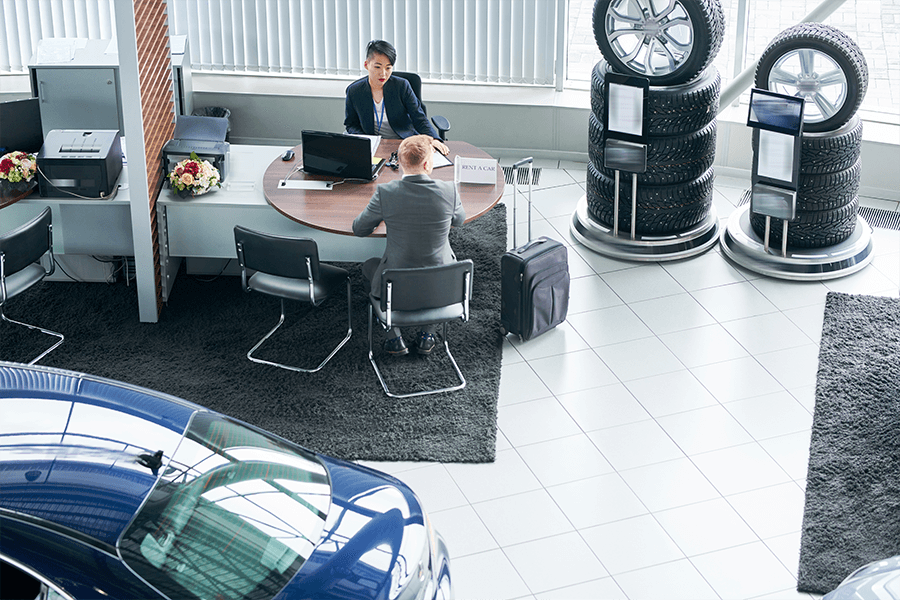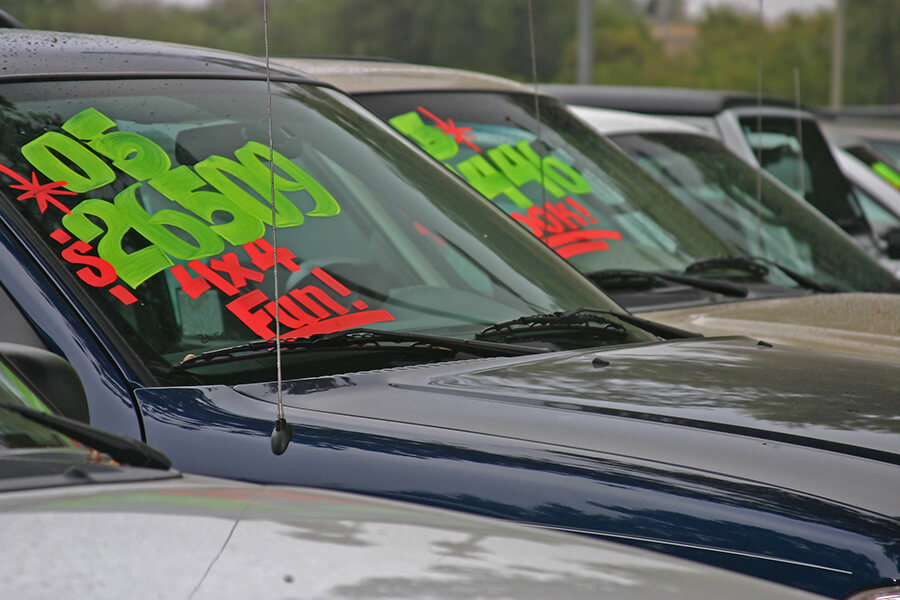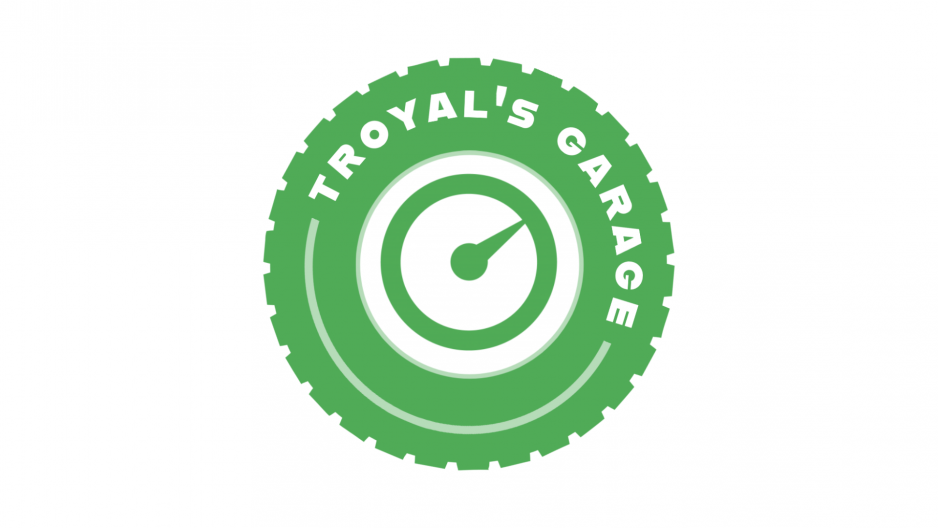Where Can I Sell My Car For The Most Money? A Full Guide
Table of Contents
If you’re wondering, “where can I sell my car for the most money?” You’re in the right place! Let’s explore three popular options: classified websites, private-party sales, and Carmigo.
Classified Websites
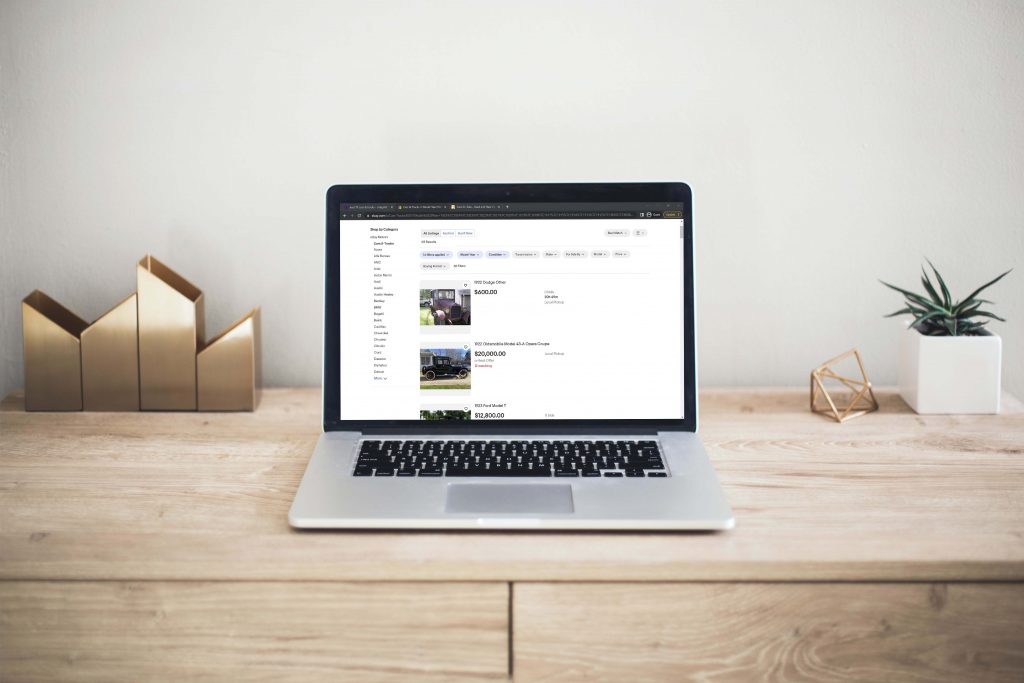
Classified websites have transformed the way people buy and sell used goods, including cars. If you’re looking for a website where you can sell your car for the most money, you have plenty of options. With online platforms such as Craigslist, eBay Motors, and AutoTrader, you can reach a lot of potential buyers. And while they offer a ton of exposure, competition can be fierce and it can take time and effort to stand out in the crowd.
How Classified Websites Maximize Profit:
Broad Exposure
– Many classified websites have a significant online presence, drawing in a diverse audience of car shoppers looking for used vehicles. Additionally, by listing your car on these popular platforms, you can increase your chances of finding someone willing to pay top dollar for your vehicle.
Detailed Listings
– These marketplaces allow you to create comprehensive and visually appealing listings. You can provide detailed information about your car’s make, model, year, mileage, condition, and any notable features or modifications.
Price Flexibility
– Classified sites often give you the freedom to set your own asking price. This allows you to align it with your car’s value and market demand. Similarly, researching similar vehicles in your area can help you determine a price that attracts buyers and ensures you get the most for your car.
Classified Websites Work Best For:
Prepared Sellers
– Sellers who take the time to gather and present detailed information about their cars usually perform better. Additionally, accurate descriptions, maintenance records, and vehicle history reports can give potential buyers confidence. Correspondingly, this also increases the chances of receiving higher offers.
Responsive Sellers
– Promptly responding to inquiries and potential buyers is crucial for success on classified websites. Above all, buyers appreciate sellers who are readily available to answer questions, provide additional information, and schedule test drives. Markedly, good communication makes a positive impression and builds trust.
Sellers with Competitive Pricing
– Pricing your car competitively based on its condition, mileage, and market demand is essential for attracting serious buyers. For this purpose, research the average selling price for similar vehicles in your area and adjust your asking price accordingly. On one hand, overpricing your car may deter potential buyers. Similarly, underpricing could lead to missed opportunities for maximizing your earnings.
Private-Party Sales

A private party sale could mean a higher price compared to trading it in or selling it to a dealership. By targeting individual buyers, you negotiate directly. Moreover, you can find someone who values your vehicle’s unique features. Using word-of-mouth, social media, and local communities will help you connect with interested buyers. However, a downside is that it requires more legwork in terms of advertising, haggling with potential buyers, and safe transactions.
How Private Sales Maximize Profit:
Negotiation Power
– Directly negotiating with potential buyers could work in your favor if you highlight the unique features, excellent condition, or any extras that your car may have. This justifies a higher asking price. Private buyers might also be more willing to pay a premium for a well-maintained vehicle that meets their specific needs.
Avoiding Trade-In Value
– Trading in your car at a dealership often results in a lower price because they need to resell it for a profit. Private buyers, on the other hand, are generally looking for a good deal and are willing to pay more for a vehicle they believe is valuable. In short, by avoiding the trade-in process, you retain control over the selling price and might secure a better deal.
Targeted Advertising
– A private sale means you can advertise your car through various channels. These include online platforms, social media, local community groups, or word-of-mouth. By tailoring your marketing efforts, you can reach interested buyers who are looking for a car like yours. Additionally, you increase your chances of finding someone willing to pay a premium for the right vehicle.
Private Sales Work Best For:
Sellers with Detailed Documentation
– Organize all relevant documents such as maintenance records, service history, and the title to prove your car’s condition and ownership. Buyers like transparency. Above all, having a comprehensive record can instill confidence and justify a higher selling price.
Sellers effectively Advertising
– Firstly, take high-quality photos that showcase your car’s exterior, interior, and any notable features. Secondly, craft a compelling description that highlights its unique selling points, such as low mileage, recent repairs, or added accessories. Advertise in places where potential buyers are likely to search, such as online classifieds or local enthusiast groups.
Honest and Transparent Sellers
– Be upfront about your car’s condition, including any flaws or repairs needed. Being honest with potential buyers helps build trust and ensures that both parties are on the same page during negotiations. Transparency can result in smoother transactions and more satisfied buyers who may be willing to pay a premium for a well-described vehicle.
Prompt and Professional Sellers
– Responding promptly to inquiries, arranging test drives, and addressing potential buyer concerns professionally can make a significant difference. Being proactive and providing excellent customer service can leave a positive impression. This can also increase the likelihood of a higher selling price.
Carmigo
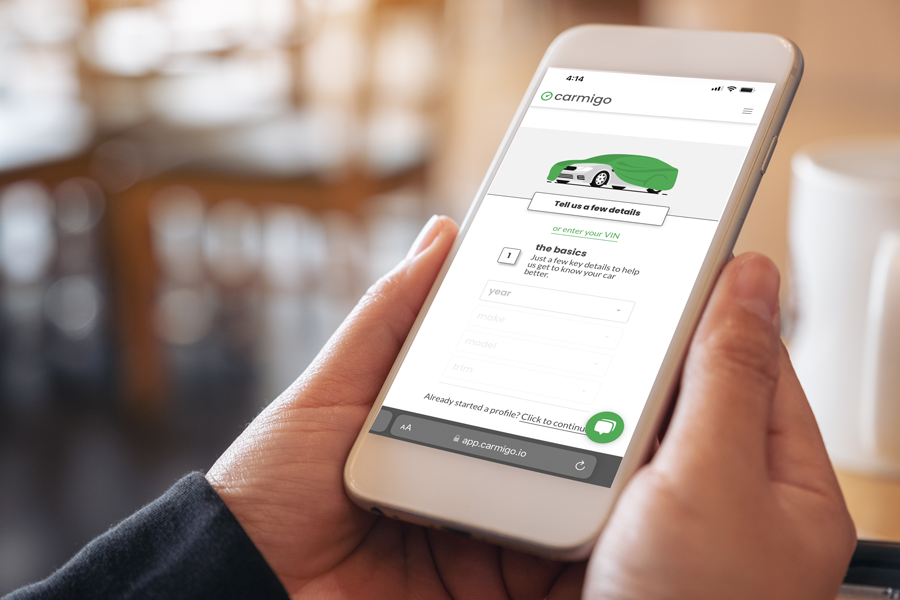
Carmigo is an online marketplace that makes the car-selling process easy and maximizes your earnings. This is the place to be if you’re looking for where you can sell your car for the most money. Unlike traditional classified websites, Carmigo focuses on connecting private sellers with pre-approved, verified dealerships, creating a safer and more efficient selling experience. Through their nationwide network of dealerships, Carmigo provides a targeted platform to showcase your vehicle’s value. With a streamlined listing process and access to expert advice, Carmigo can help you get top dollar for your car.
How Carmigo Maximizes Profit:
An Eager Marketplace
– The Carmigo marketplace focuses on connecting private sellers with pre-approved, verified dealerships who are specifically interested in purchasing high-quality vehicles. This targeted approach ensures that your car is presented to a pool of potential buyers who are genuinely interested and willing to pay a premium for the right vehicle.Expert Guidance
– Using Carmigo gives you access to automotive enthusiasts and industry professionals who can offer valuable advice and guidance throughout the selling process. Whether it’s pricing your car competitively or optimizing your listing to highlight its unique features, the expert insights offered by Carmigo can help you position your car effectively and attract potential buyers willing to pay top dollar.Simple Listing Process
– Carmigo’s process is convenient and efficient for sellers. They offer a user-friendly interface that allows you to create detailed listings with comprehensive vehicle information and high-quality photos. This ensures that your car is presented in the best possible light, increasing its desirability and potential sale price.Trust and Safety
– You’re in safe hands. The platform verifies both sellers and buyers, creating a secure environment for transactions. This give buyers peace of mind, enabling them to feel comfortable making higher offers for your car. Additionally, Carmigo offers escrow services to protect both parties during the payment and transfer process.
Carmigo Works Best For:
Well-Maintained Cars
– Sellers who take care of their vehicles and have a documented service history tend to perform better on Carmigo. Buyers on Carmigo value quality and are willing to pay more for cars that are in excellent condition.
Cars with Accurate and Transparent Descriptions
– Providing accurate and detailed information about your car’s specifications, features, and condition is crucial. Sellers who are transparent in their listings tend to attract serious buyers who appreciate the honesty and are more likely to pay a premium.
Sellers with Competitive Pricing
– While Carmigo helps sellers fetch top dollar for their cars, setting a competitive price is very important. Research the market and consider factors such as the vehicle’s age, mileage, condition, and market demand. This will help you determine a fair and attractive price that potential buyers will like.
Those who like taking it easy
– Sellers who want to simply list and then sit back and watch the bids roll in are the ideal candidates for Carmigo. All things considered, this up-and-coming marketplace is the easiest option.
When it comes to selling your car for the most money, exploring multiple avenues is key. Classified websites offer extensive reach. Private parties allow for personalized negotiations. Carmigo offers a combination of safety, efficiency, and optimal returns. Consider your priorities, time constraints, and how much you want to get involved to determine your best option.






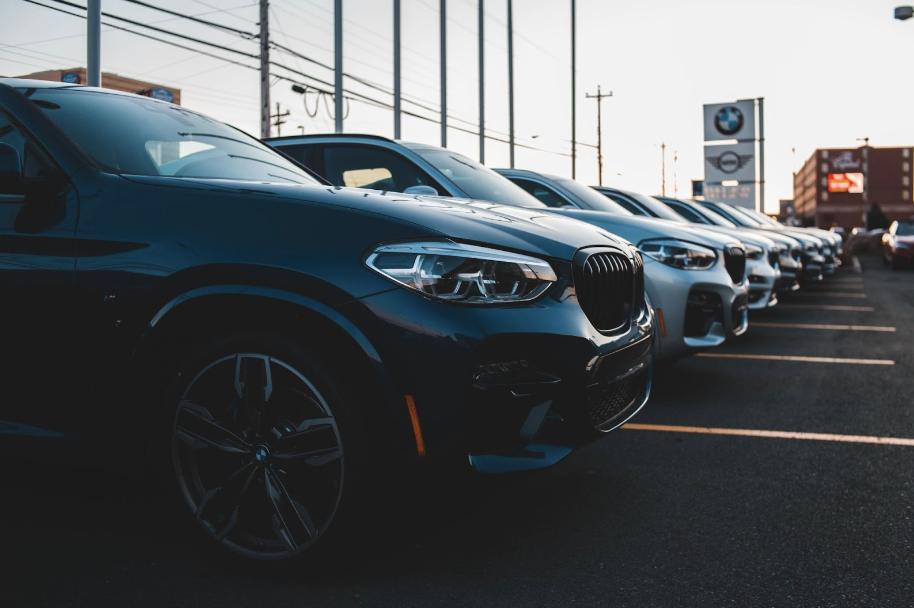
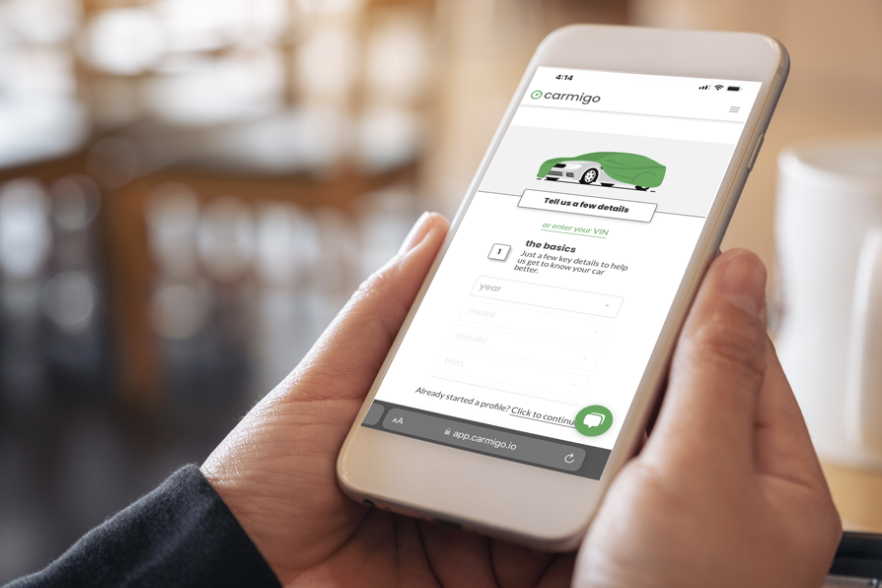

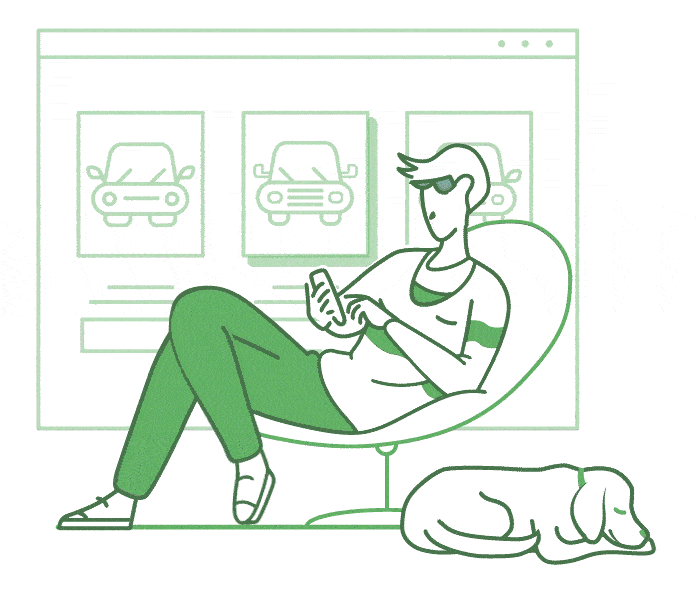
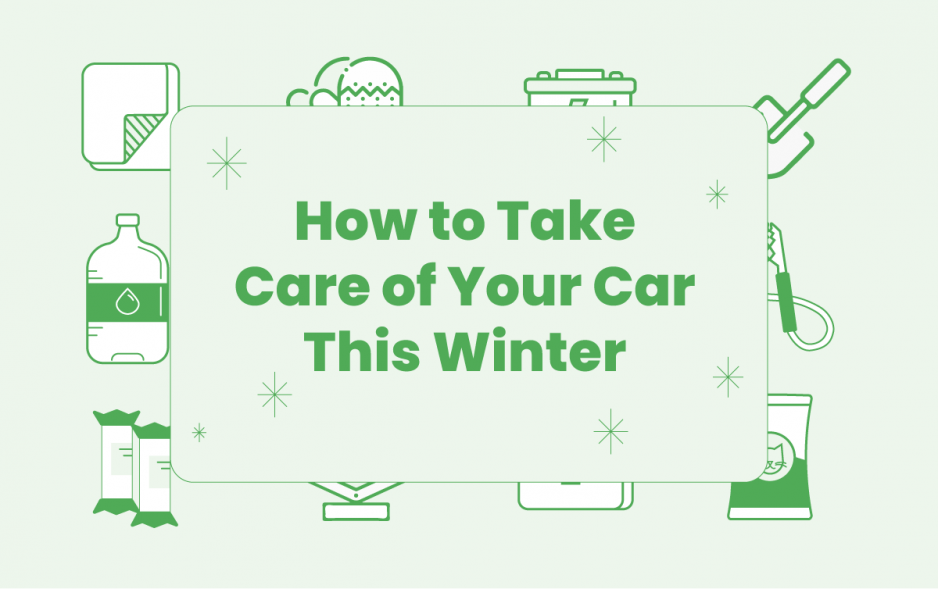




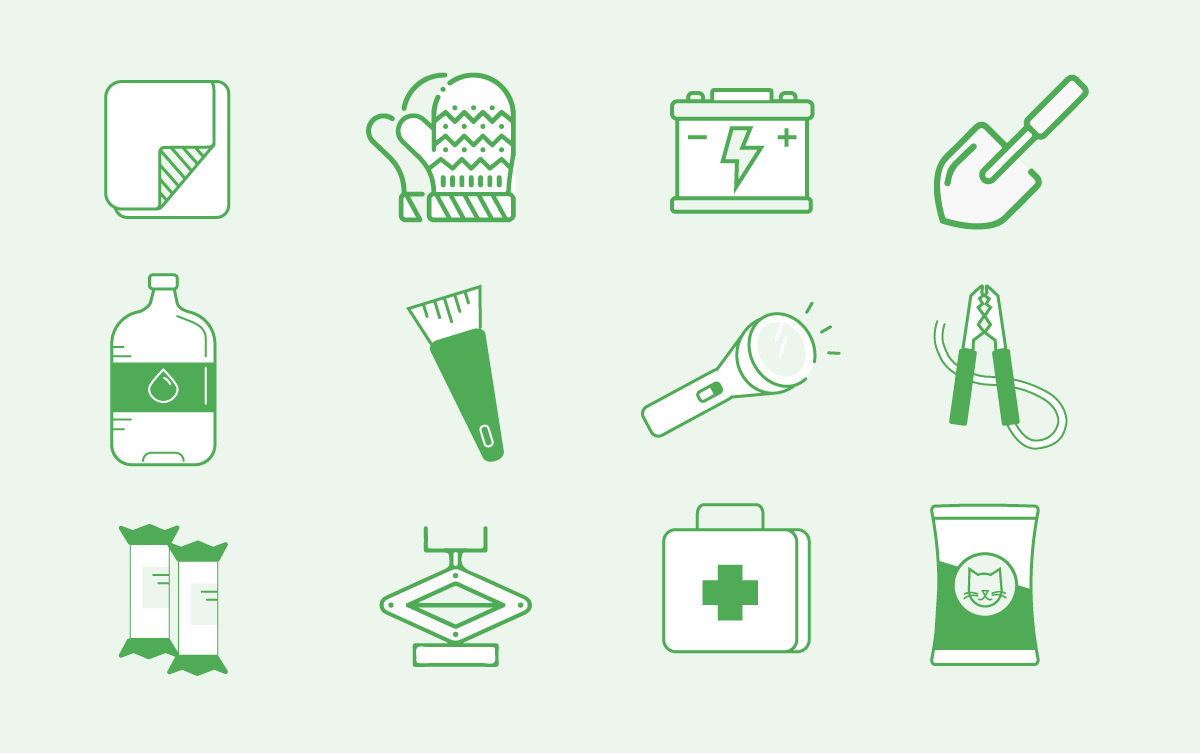

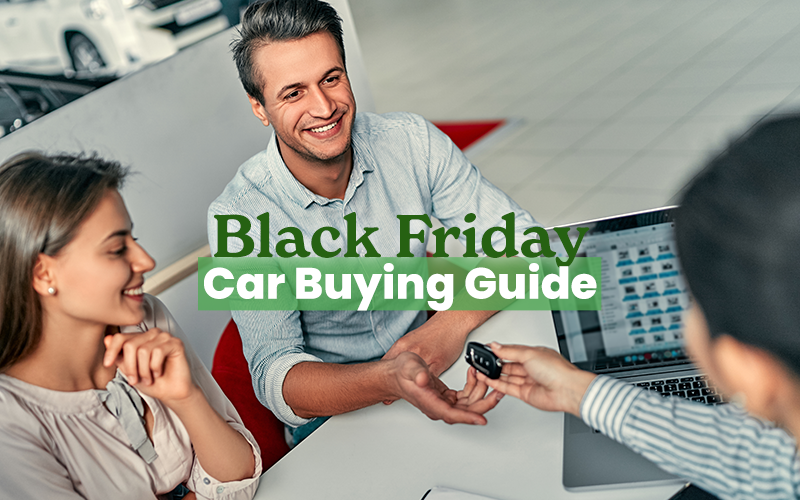
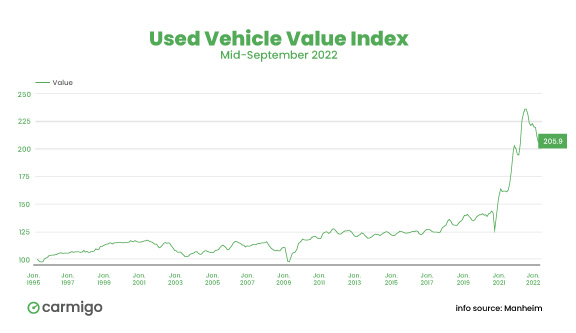
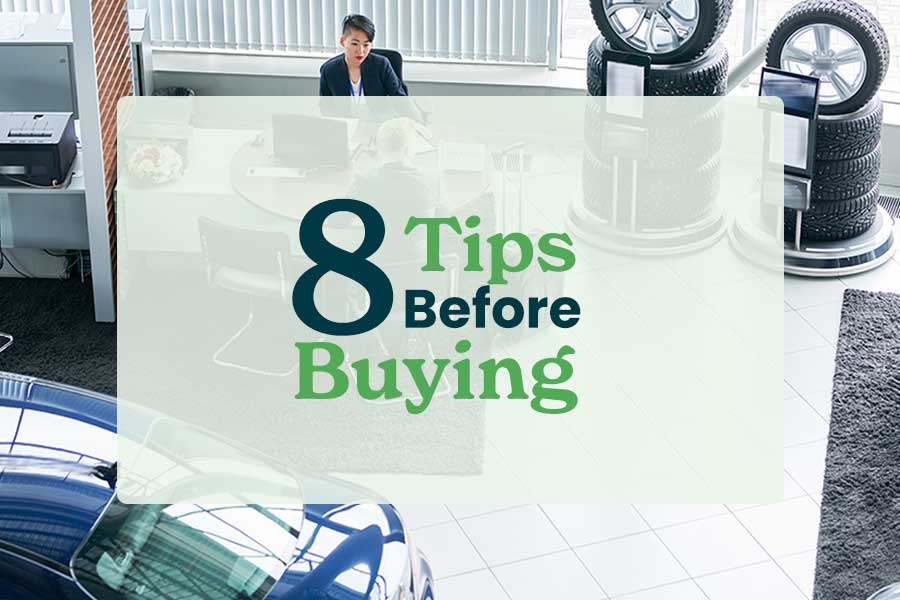
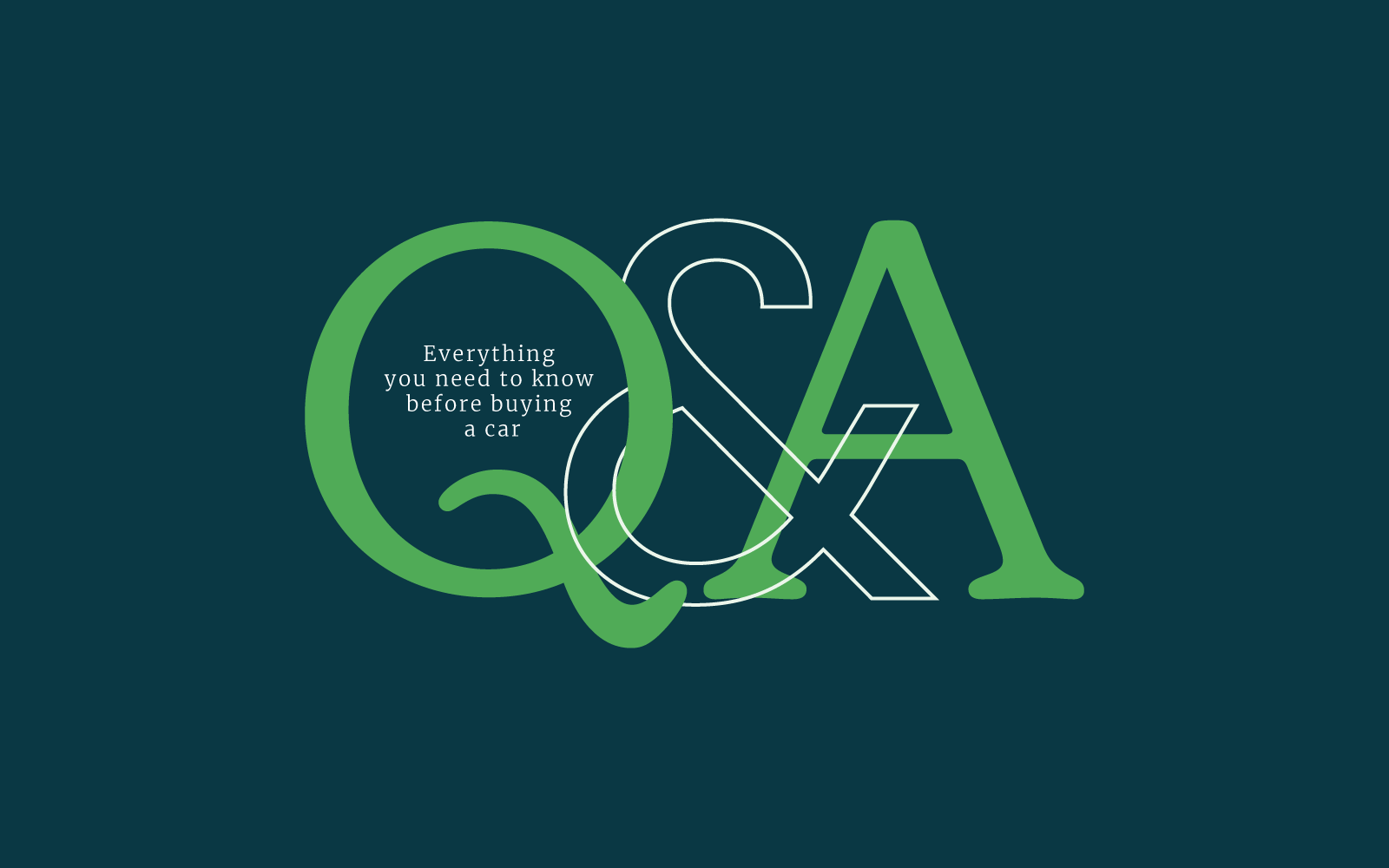
 The hardest part about buying a new car is selling your old one.
The hardest part about buying a new car is selling your old one. 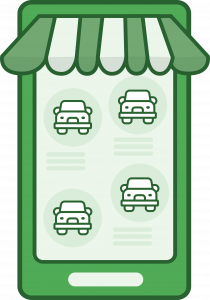 3. Research the Cars
3. Research the Cars 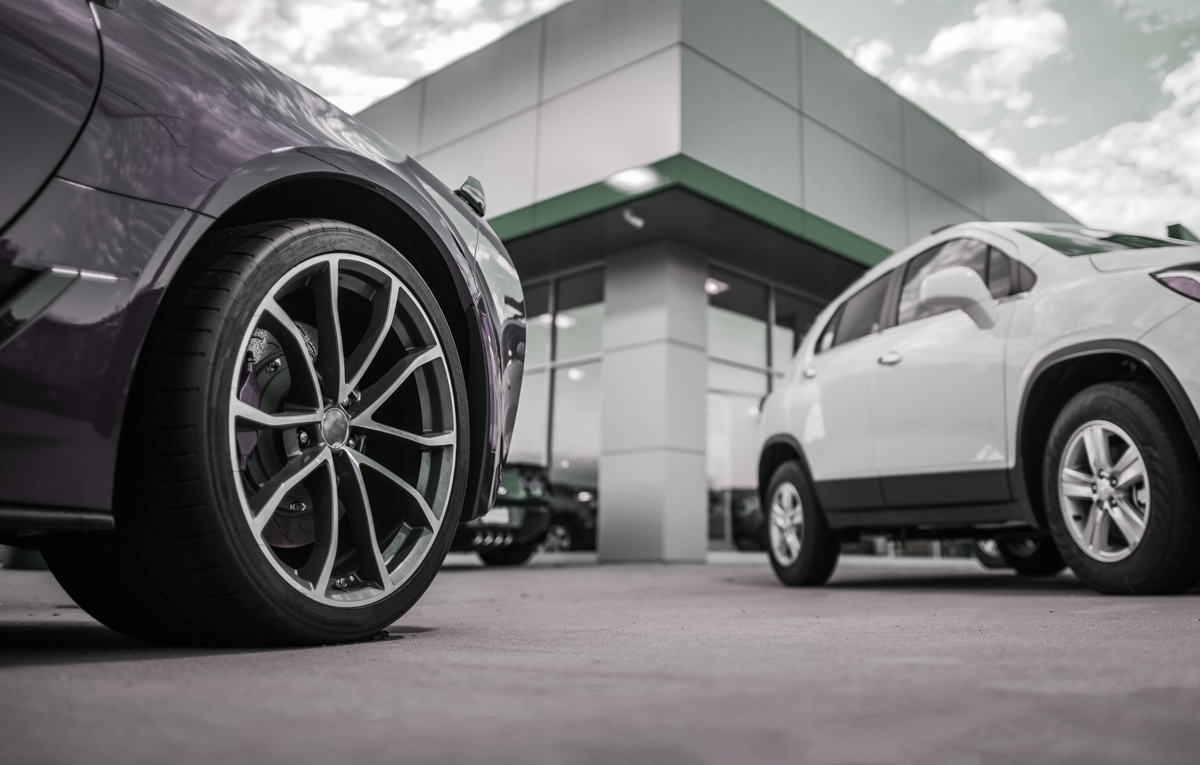
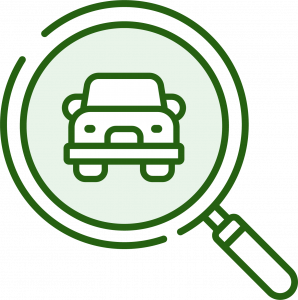 7. Read the Vehicle History Before Buying a Car
7. Read the Vehicle History Before Buying a Car

